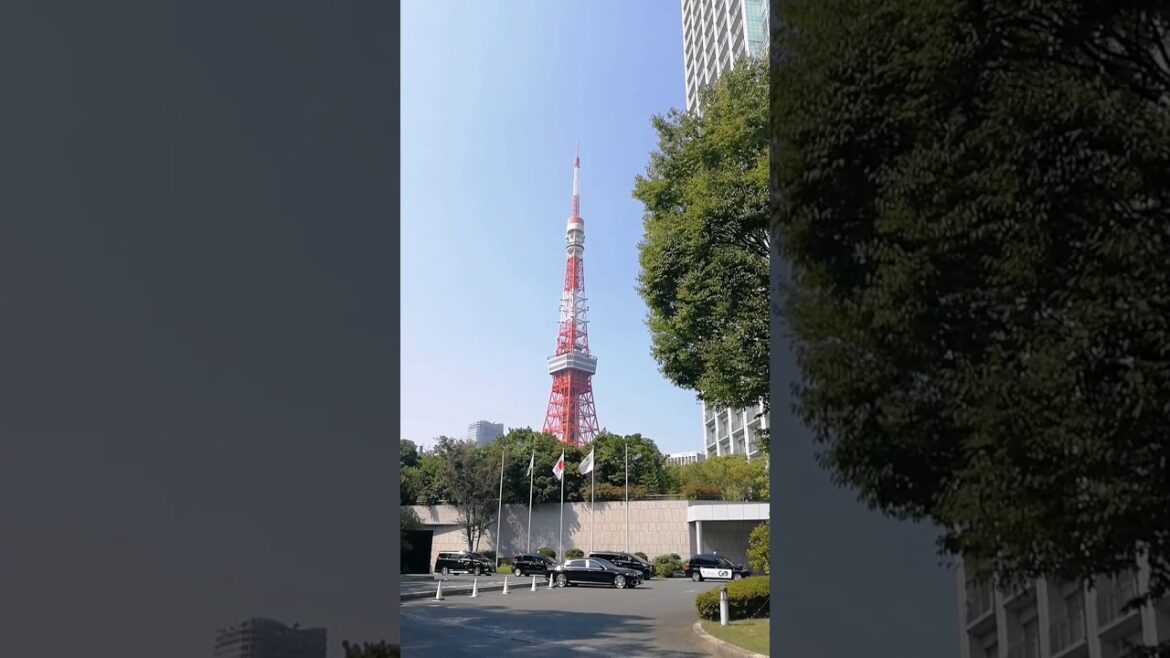DOWNTOWN 🇯🇵 TOKYO 🚘 東京
はずないわ。よダビンチ。もう少しだけ別にコントラストも入れてちょうだい。全世界を殺しめたい。楽しいかも。え、もう少し肌につをちょうだい。女舐めたらやい。 トイレに女神はおったんかい?おったなら捕まえなさい。 みな最近マジ可愛
Please SUBSCRIBE!
Overview of Downtown Tokyo
Tokyo, Japan’s capital is a polycentric city with multiple vibrant hubs that function as interconnected “downtowns,” each offering unique blends of commerce, culture, entertainment, and history. Tokyo is also the world’s most populous metropolitan area. Hence, it does not have a single “downtown” in the traditional Western sense—like a monolithic central business district. Instead, it’s a polycentric city with multiple vibrant hubs that function as interconnected “downtowns,” each offering unique blends of commerce, culture, entertainment, and history. This mosaic of districts makes Tokyo feel like a collection of mini-cities, all linked by an efficient subway and train network. As of 2023, Tokyo’s core urban area (the 23 special wards) houses over 14 million people, serving as the nation’s economic powerhouse and home to the Imperial Palace and government seat.These districts evolved from Edo, Tokyo’s former name, which transformed from a small fishing village in the 1600s into a bustling metropolis under the Tokugawa shogunate. Post-Meiji Restoration in 1868, it became the capital, enduring devastation from the 1923 Great Kantō Earthquake and WWII bombings before rebuilding into the neon-lit, high-tech wonder it is today. Today, these areas boast daytime densities up to 70,000 people per square kilometer—twice that of Manhattan—yet remain remarkably clean, safe, and walkable, thanks to reliable public transit and compact living spaces.Key Downtown DistrictsHere’s a breakdown of seven prominent districts often considered Tokyo’s “downtowns,” highlighting their vibes, must-sees, and tips for visitors:District
Overview & Vibe
Top Attractions & Experiences
Best For
Marunouchi
The polished business heart around Tokyo Station; elegant, corporate with historic flair.
Imperial Palace gardens, Tokyo Station (iconic red-brick architecture), high-end shopping at Mitsukoshi.
Business travelers, history buffs.
Ginza
Upscale luxury haven with world’s priciest real estate; glamorous shopping and dining.
Flagship stores (Chanel, Uniqlo’s massive HQ), Kabukiza Theatre for traditional kabuki, Michelin-starred sushi spots.
Fashionistas, fine dining.
Shibuya
Youthful, chaotic energy; famous for the world’s busiest pedestrian scramble.
Shibuya Crossing, Hachiko statue, trendy cafes in back alleys, nightlife in non-be clubs.
Trendsetters, people-watching.
Shinjuku
Towering skyscrapers and neon chaos; Guinness record for busiest station (3.6M daily riders).
Golden Gai (tiny bars), Shinjuku Gyoen National Garden, Kabukicho red-light district (safely explore by day).
Night owls, urban explorers.
Roppongi
International, party-central vibe; art meets nightlife in a multicultural mix.
Mori Art Museum, Tokyo Midtown (rooftop views), Roppongi Hills for clubs and global cuisine.
Art lovers, expats partying.
Akihabara
Otaku paradise; electric town buzzing with anime, gadgets, and maid cafes.
Electronics mega-stores (Yodobashi), retro arcades, themed cafes, Gundam statues.
Tech geeks, pop culture fans.
Ueno & Asakusa
Cultural roots with temples and markets; a nod to old Edo amid modern buzz.
Senso-ji Temple (oldest in Tokyo), Ueno Park (museums, cherry blossoms), Ameyoko market for street food bargains.
History seekers, budget shoppers.
These districts are all within a 30-45 minute train ride of each other, making it easy to hop around. For a shopping-focused adventure, start at Tokyo Station and weave through Ameyoko (vibrant market stalls) to Kappabashi “Kitchen Town” for quirky souvenirs like plastic food replicas or chef’s knives.Practical Tips for ExploringGetting Around: Use a Suica or Pasmo IC card for seamless subway rides. Download apps like Hyperdia for routes.
Best Time to Visit: Spring (cherry blossoms) or autumn (foliage); avoid Golden Week (late April-early May) crowds.
Current Vibes (as of 2025): Post-pandemic, Tokyo’s districts are thriving with high office returns and innovative “urban knowledge campuses”—blending work, culture, and green spaces for livability.
Watch Out For: Shibuya and Shinjuku can feel overwhelming at rush hour; stick to well-lit areas at night. Touts in Roppongi may approach foreigners—politely decline.
Tokyo’s downtowns capture Japan’s essence: tradition fused with futuristic flair. If you’re planning a trip, prioritize 2-3 districts based on your interests for a deeper dive! **


AloJapan.com